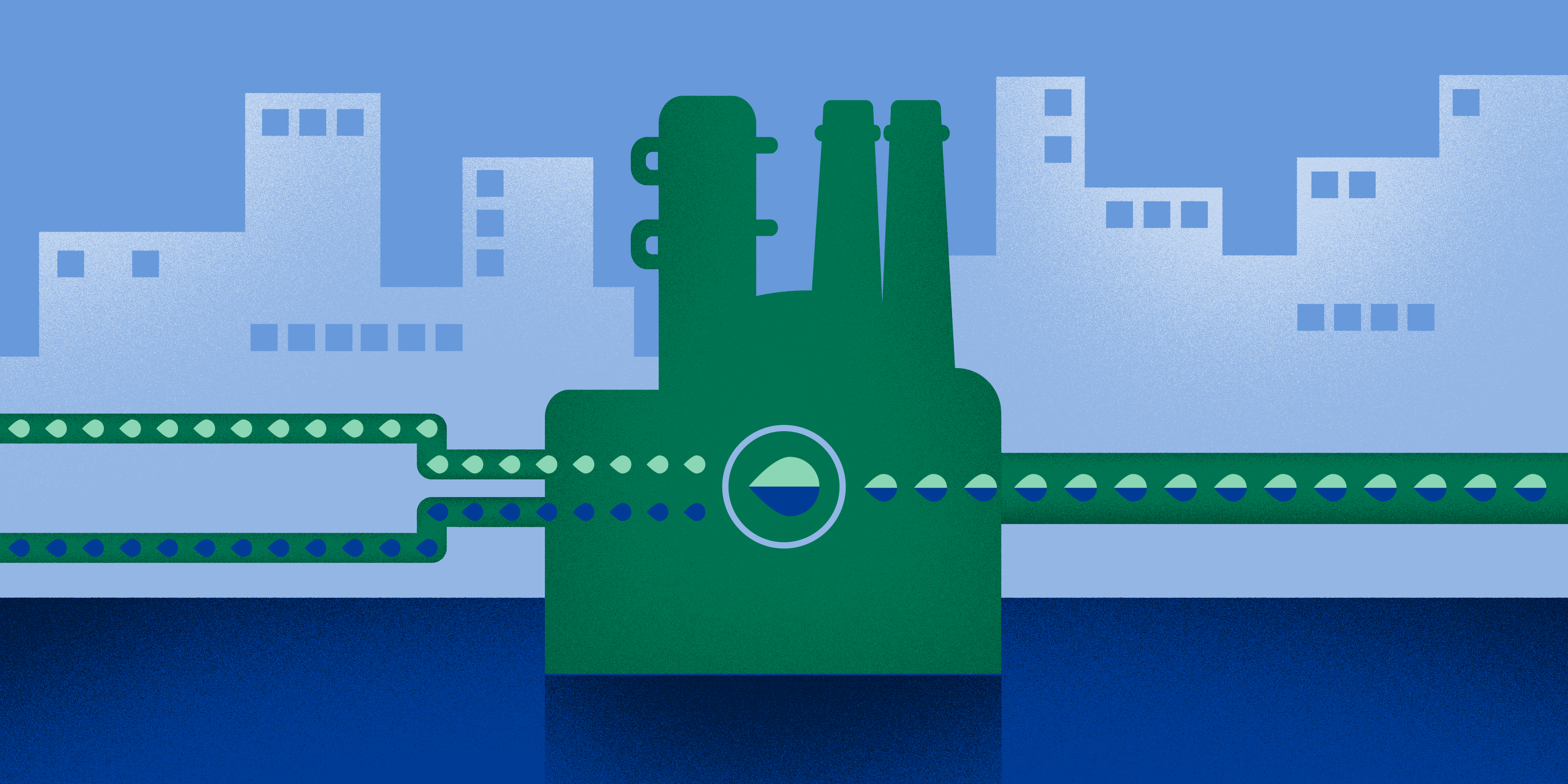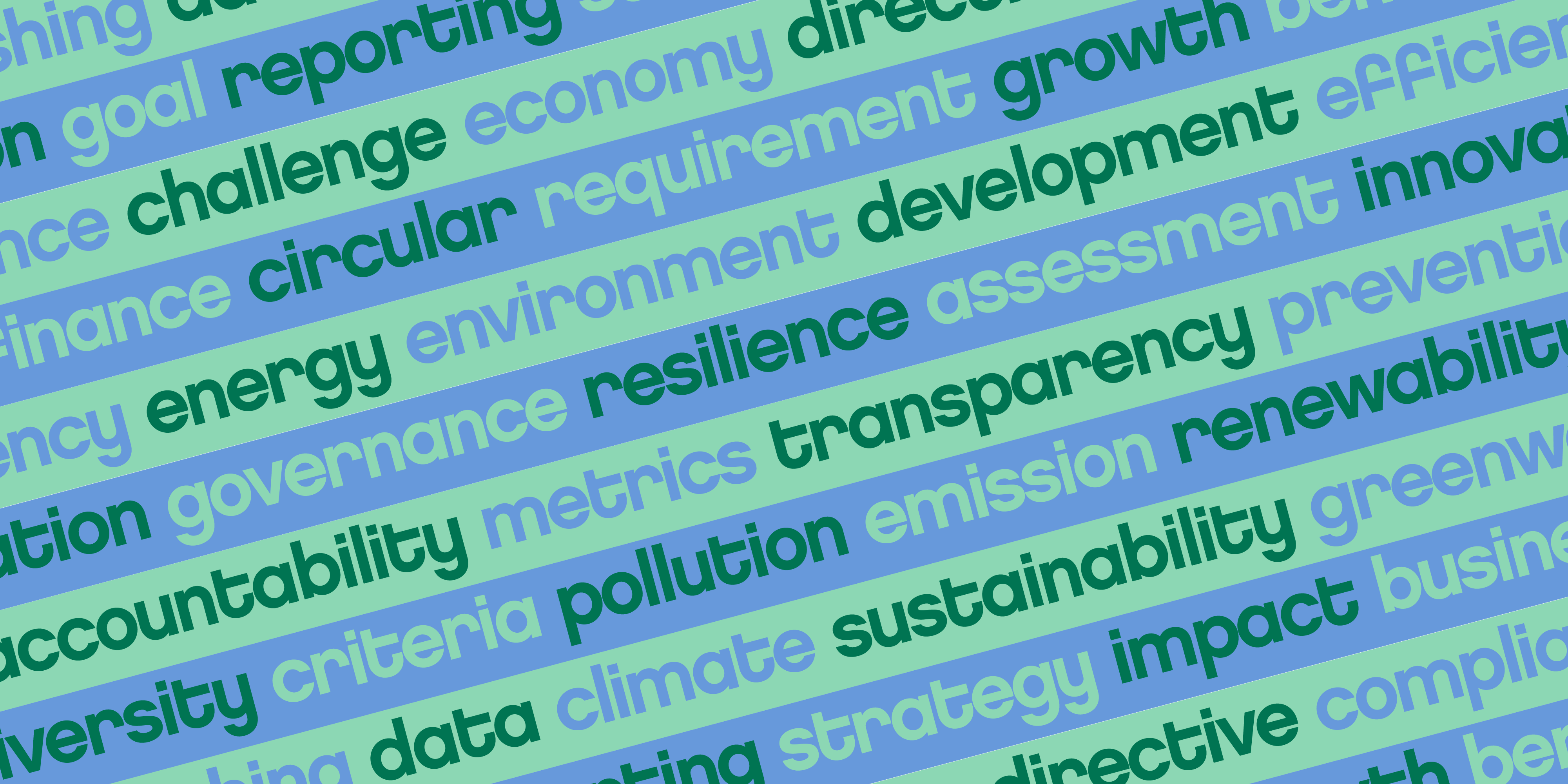
Sustainability
8 minute read
The 7 sustainable innovations to watch
Tackling the climate emergency has never been more urgent – actions to head off the consequences on our daily lives are necessary, now. To meet our ambitious climate targets in time, we need change, and fast – and a key driver for this to happen, is innovation.
Something that is for certain, is that it is not possible for us to continue to rely on fossil fuels if we are to significantly slow down and even stop global warming. “We need to get to a point where we are not reliant to the extent we are today on these [virgin fossil] sources of energy, and can produce our own on-demand energy and raw materials that can be replenished on an ongoing basis,” says Samrah Kazmi, founder and CEO of advocacy group Women in Sustainable Innovation.
But there is no single silver bullet to replace fossil fuels – innovative solutions that pull all the levers at our disposal are needed to accelerate the meaningful change we need.So which innovations and technologies are the ones most likely to make the biggest difference to reaching our climate goals?
Here are the top seven to keep an eye on:
1. Green hydrogen
“Green hydrogen, and the hydrogen economy, is one of the really hot topics,” says Perttu Koskinen, Vice President of Innovation, Discovery and External Collaboration at Neste, a global leader in the field of renewable diesel, sustainable aviation fuel and renewable and circular petrochemical feedstocks.Green hydrogen, produced from water with renewable electricity, is a central pillar in the European REPower EU plan and has also been heralded as one of the “game-changers” to tackle climate change by the US; the “holy grail” of energy by Ireland; and “the greatest potential of all” by the UK.
Industry already uses large amounts of hydrogen from fossil sources, with almost all of it from natural gas – the goal is to replace that with greener alternatives. As a by-product of increasing renewable electricity production, the use of green hydrogen can be stepped up, and Koskinen believes refining and steelmaking will be early adopters, followed by its use as transportation fuel in hydrogen cell vehicles. In addition, green hydrogen holds vast potential in the scaling up of e-fuels and other Power-to-X solutions.
In July 2022, Neste was granted IPCEI (Important Project of Common European Interest) status by the European Commission, which enables national public funding for Neste's clean hydrogen projects at its Porvoo refinery in Finland. The goal is that green hydrogen produced at the Porvoo facility would be used in refining by Neste and can also be supplied to heavy industrial users to reduce their carbon emissions in the long run.
2. Renewable fuels in transportation
Decreasing crude oil reliance in transportation is crucial, says Koskinen. This is an enormous challenge and all sustainable solutions are needed. Electrification is one important solution, but not only this will take time to scale up but also its uses in aviation and in long haul and heavy duty transportation remain limited – renewable fuels that fit into existing infrastructure, and can be used in existing vehicles instead of requiring investments into new ones, offer an immediate solution to decrease the use of fossil fuels and cut down emissions.
Continuous innovation around renewable raw materials required to make these sustainable fuels is essential if we are to be able to scale up their use to a point where the domination by fossil fuels can be overturned.
Using underutilized residues or even wastes as raw materials and repurposing them for another aim is something Neste is at the forefront of – agricultural residues like straw and forestry residues, and municipal solid waste are abundant. They hold a great potential for the production of sustainable fuels and replacing crude oil.
An additional technology to defossilize transportation to look out for is an innovative Power-to-X process that Neste is working on. It works by making fuels from renewable electricity and carbon dioxide, by using electrolysis to turn water into hydrogen.
3. Innovations in agriculture and food
Lab-grown meat that reduces the climate impact of cows’ methane emissions, and vertical farming that more efficiently uses both land and water resources are vital developments.
“One-third of all greenhouse gas emissions comes from food production,” says Koskinen. “A major part of biodiversity loss is related to agriculture, and agriculture also uses 70% of the world’s fresh water.” And every time we grow vegetables in the ground, we take out carbon from the soil and reduce its fertility.
Innovations in farming are already here, with the world’s biggest vertical farm being built in Lincolnshire, England – a 13,500 square meter facility that uses only green energy and requires 95% less water than traditional farming. And cultured meat is only around the corner. Currently only licensed in Singapore, lab-grown meats use 96% less water, produce 96% fewer emissions, and need 99% less land than traditionally-reared equivalents.
4. Chemical recycling of waste plastic
“Plastic recycling is a must for two reasons,” says Koskinen. “One, it reduces the need to use new fossil resources in plastics production. And two, while plastics recycling can reduce plastics pollution, circulating the material in the plastics value chain multiple times can also reduce the carbon emissions resulting from incineration and the end of plastics’ life cycle.”
Neste is a solution provider in the field of chemical recycling of plastics, by closing the loop for currently hard-to-recycle plastic waste that would commonly end up in incineration or landfill. Neste is also working to increase the proportion of renewable content in plastics.
“It’s a beautiful concept in principle, if you think about it,” says Koskinen. Even in a circular plastics economy, part of the plastics cannot be brought back to use by recycling. “But if you’re able to compensate for that part by producing plastics from renewable raw materials, ultimately you would be able to wholly replace fossil content with renewables in a plastic cycle,” he says.
The development aims to help Europe reach its target of a 50% recycling rate for all plastic packaging by 2025, and 55% by 2030.
5. Green energy storage solutions and battery technologies
Electrification and green electricity will replace fossil energy not only in the transportation sector, but also in the industry and living. We’ve seen a significant shift towards green energy production, including widespread wind power and solar power adoption – but how to store that energy so it can be used on a delay is another challenge. “These sources of renewable electricity are not stable,” says Koskinen. “They’re changing hour by hour, minute by minute.”
But hydrogen, particularly green hydrogen, offers a way to sustainably scale up green energy storage solutions, with many trials underway for hydrogen-powered planes as well as vehicles.
Likewise, batteries are being developed, with innovation led by those creating electric vehicles who need long-distance storage and the scale of batteries associated with that. “The big challenge is the availability of minerals,” says Koskinen. But innovation is occurring here, too, with new ideas to reduce the use of minerals in batteries, or switching out rare earth minerals for more abundant, easily available alternatives.
6. Heavy industry defossilization
One-fifth of global carbon emissions come from heavy industry, according to the University of Oxford, which means that action in that sector has more impact than most. By its very nature heavy industry is one of the hardest sectors to wean off fossil fuels – to help keep global warming under control, the answer is to focus on the areas where carbon emissions can be significantly mitigated or avoided.
“The possibilities for decarbonization depend on the type of industry and there are many different means ranging from green hydrogen, electrification and replacement of fossil raw materials with renewable ones, to carbon capture, utilization or storage (CCUS),” says Koskinen.
Indeed, carbon capture plays a growing and crucial role in the pathway to net zero as it tackles many of the dead ends of the emission reduction efforts. This includes capturing carbon emissions from existing energy assets and reforming current hydrogen production. It is a promising and scalable solution in hard-to-abate applications where other emission reduction technologies are not suitable or are simply too costly.
Innovative co-processing and retrofitting solutions are also in a key role to help transform major industrial assets, such as refineries, which typically have long operational lifetimes. Transforming these assets to accommodate renewable and circular raw materials is a way to accelerate change, benefiting from readily available refining experience and know-how.
Co-processing of renewable and circular raw materials reduces dependency on fossil raw materials and increases the renewables capacity, enabling lower-emission products. Retrofitting selected units, or even major parts of refineries to produce renewable fuels and materials is another potential approach to utilize the existing asset.
7. Circular business models
Becoming more circular in business is the next big leap that will see us move away from the linear model. Koskinen sums it up: “According to circular economy principles products should be designed for reuse, repair and recycle”.
But to reduce electronics waste alone – which accounted for 7.3kg for every man, woman and child worldwide in 2019, and is forecast to increase to a globalized total of 74.7 million tonnes by 2030 – we need to make drastic changes to business models.
The EU’s right to repair legislation, and similar action in India, is laying the groundwork for businesses to be compelled to act. But it’s also incumbent on businesses to act themselves.
Credits:
Chris Stokel-Walker, author, speaker and journalist whose work has appeared in BBC News, The New York Times and WIRED UK.





